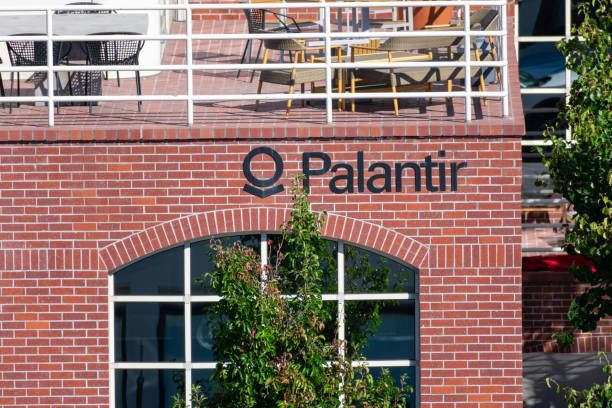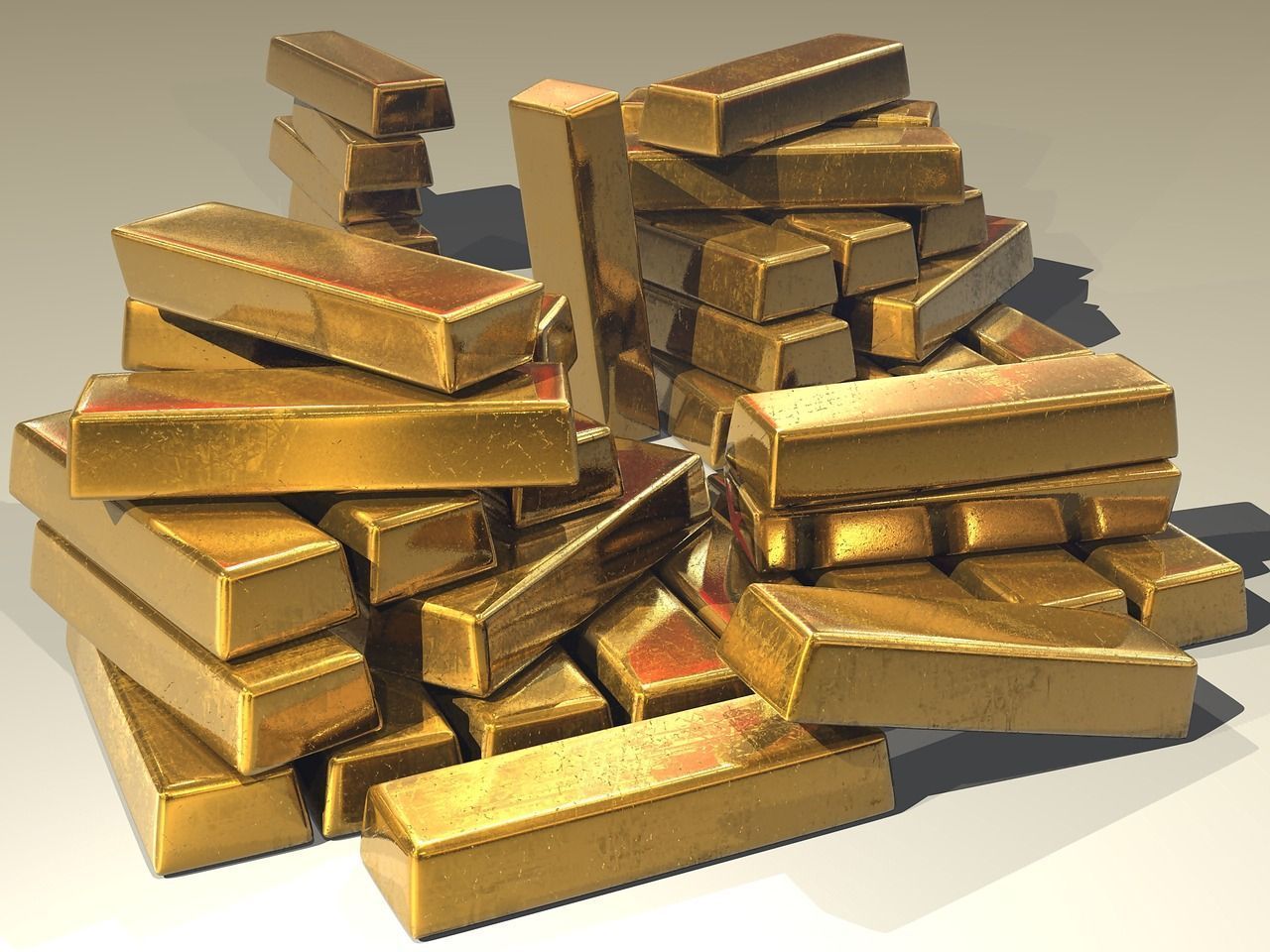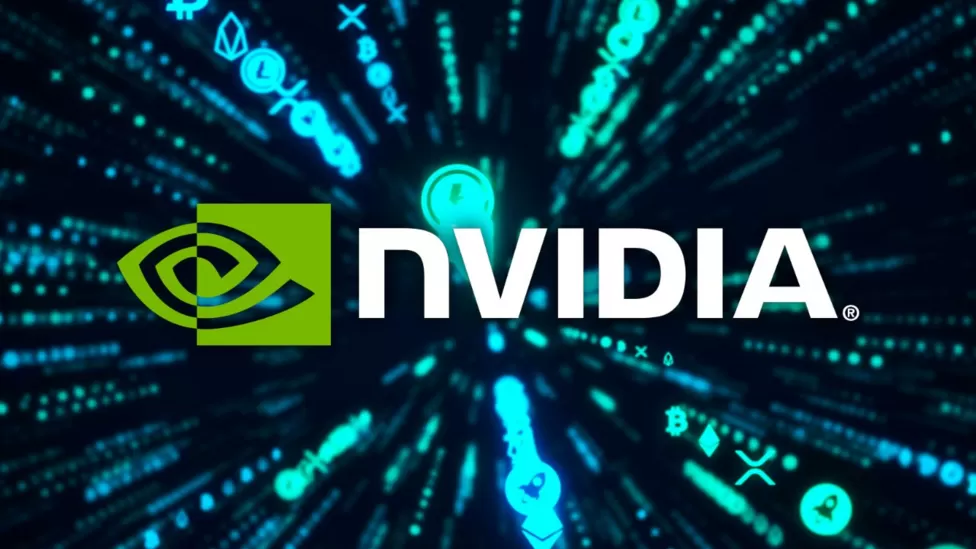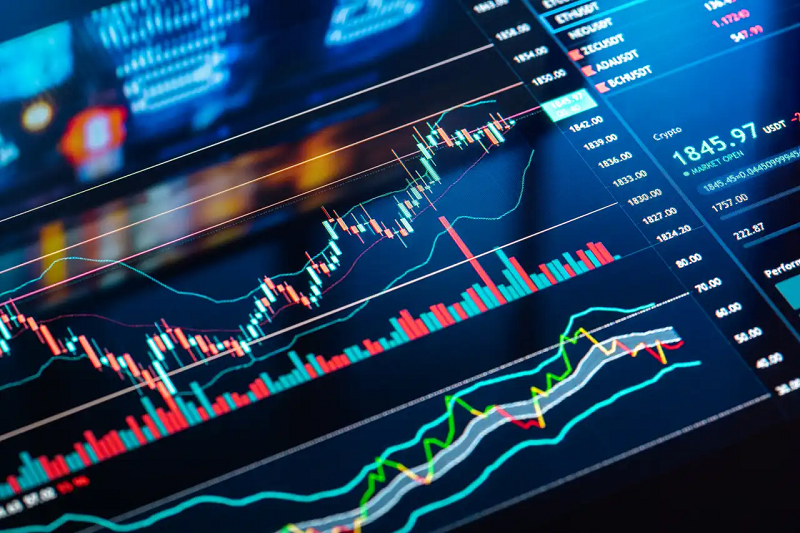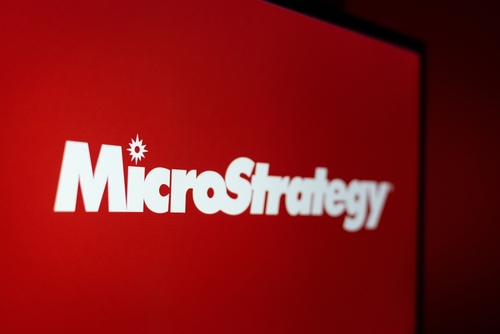Tesla’s Q4 2024 Earnings: A Bumpy Road Ahead for Investors?

Electric vehicles (EVs) and Elon Musk have been making headlines as the CEO of Tesla Inc (NASDAQ: TSLA) has aligned himself with President Donald Trump.
The company delivered a mixed bag of results in its Q4 2024 earnings report which was released on Wednesday (29 January) after the market closed.
Tesla fell short on both revenue and profit expectations. But true to form, CEO Musk wasn’t sweating the short-term numbers. Instead, he was laser-focused on the future – one that he says will be “ridiculously good” in the coming years.
Despite an initial post-market drop, Tesla stock rebounded 5% in after-hours trading as investors digested Musk’s ambitious vision.
The highlights? Autonomous vehicles, humanoid robots, and an aggressive expansion into AI and energy storage. Musk went as far as to say there’s a path where Tesla could become the most valuable company in the world. Here’s what investors should know about the company’s latest results.
Tesla Misses but AI and Autonomous Driving the Real Stories
Tesla reported earnings per share (EPS) of US$0.73, missing Wall Street estimates of US$0.72. Revenue came in at US$25.2 billion, slightly below forecasts.
Margins were also under pressure, as the company ramped up discounts and financing incentives to drive demand. But here’s where it gets interesting: Tesla’s Full Self-Driving (FSD) programme is about to hit a major inflection point.
Musk made it clear that 2025 will be a pivotal year, with unsupervised FSD launching in Austin this June before expanding to other US cities. Musk said during the earnings call that:
“And I've said this before, and I'll stand by it. I see a path, I'm not saying it's an easy path, but I see a path for Tesla being the most valuable company in the world by far, not even close.”
Like, maybe several times more than, I mean, there is a path where Tesla is worth more than the next top five companies combined…and that is overwhelmingly due to autonomous vehicles and autonomous humanoid robots.”
Higher Efficiency Gains
The boldest claim? Musk believes autonomous Teslas could increase their utility by a factor of five, unlocking a huge revenue opportunity through robotaxis.
Tesla’s Model Y was already the best-selling car in the world in 2024, and the company is aiming to take that success even further by monetising its existing fleet through FSD subscriptions and ride-hailing services.
If Musk is right, FSD could become Tesla’s ultimate cash cow – one that Wall Street isn’t fully pricing in just yet.
Optimus: A US$10 Trillion Robot?
Musk didn’t hold back on his humanoid robot ambitions either, predicting that Optimus could generate over US$10 trillion in revenue.
“The future’s going to be incredibly different from the past,” Musk declared. “At some point, we’ll be making 100 million Optimus robots per year.”
For now, Tesla plans to deploy thousands of Optimus robots in its own factories in 2025, using them for mundane and repetitive tasks.
But by 2026-2027, Musk believes Tesla will be shipping humanoid robots to external companies – and eventually consumers.
It’s a moonshot effort but if Tesla cracks the mass-market humanoid robots, the upside is astronomical and investors could be foolhardy to bet against Musk given his incredible track record of innovation and success.
The Biggest Constraint: Batteries
While Tesla is doubling down on autonomy, it still faces a bottleneck in battery production, which Musk called “the biggest constraint” on Tesla’s vehicle output.
The company is working to address this shortage in 2025, which should help scale production for its upcoming affordable EV models – expected in the first half of the year. Tesla is also expanding its energy storage business, with its new Megapack factory in Shanghai coming online.
Musk said energy storage is becoming a trillion-dollar industry, and Tesla plans to aggressively ramp up production to meet demand.
Tesla’s vehicle production will be constrained in the near term, but battery breakthroughs could unlock significant growth.
Bottom Line for Investors
Tesla’s Q4 2024 results were not ideal, but if you’re investing in the company, you’re essentially betting on the future and not the past. Musk is promising robotaxis in 2025, a mass-market Tesla, and humanoid robots. If even half of these bets pay off, Tesla could look very different by the end of this decade.
Of course, Tesla does face obstacles such as execution risks, competition, supply chain challenges, and regulatory hurdles, especially for FSD and Optimus. Delays or setbacks could dampen investor optimism.
But for long-term investors, it’s a question of whether you believe in Musk’s vision enough to ride out the volatility. One thing’s for sure: the next few years won’t be boring.


